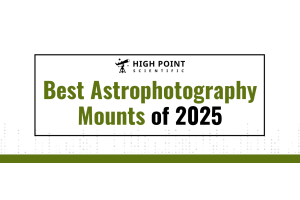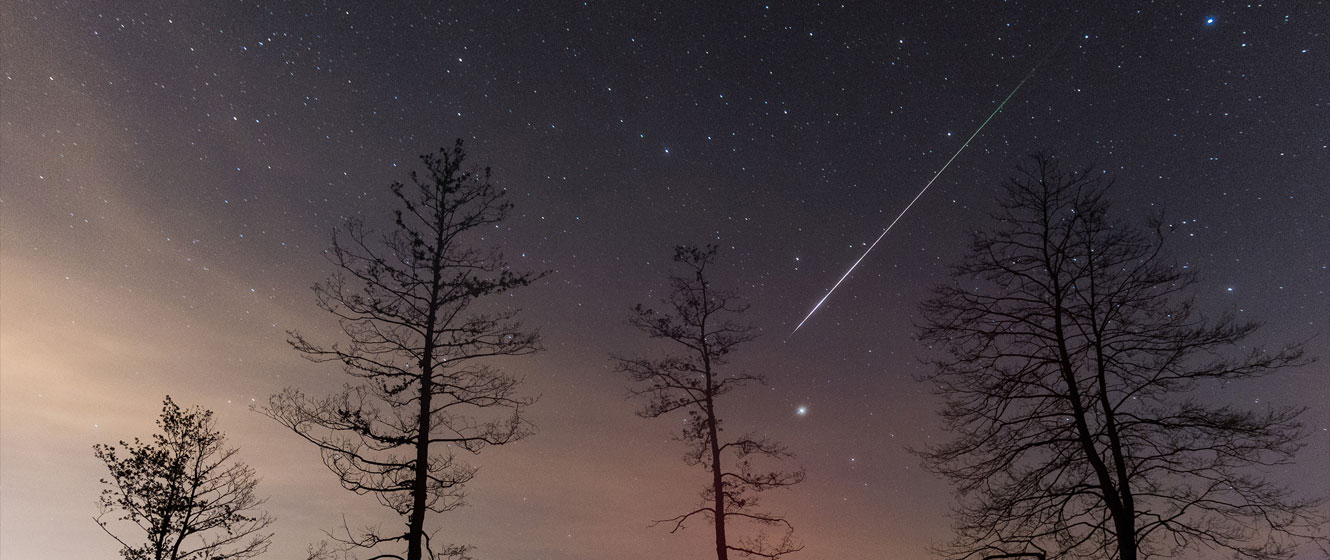
In this episode of What's in the Sky this Month, Teagan reviews some of the beautiful celestial objects you can see in the month of August 2023!

The Perseid Meteor Shower
- Radiant: Perseus
- Active Dates: July 17th to August 26th
- Maximum Date: August 12th/13th
- Zenith Hourly Rate: 100
- Attributes: Fast, with long bright trails and occasional fireballs.
- Lunar Phase: Waning Crescent
The Perseids could put on a great show this year, as the Moon is a waning crescent and the shower is predicted to peak between 3 AM ET (Midnight PT) and 10 AM ET (7 AM PT) on the morning of the 13th. You can start your meteor watch on the evening of the 12th, but you’ll have a much better chance if you wait until after midnight.
The constellation Perseus, from which the shower appears to originate, rises between midnight and 1 AM for many, and you’ll want to keep an eye toward the eastern and northern horizons. Under ideal conditions, you could theoretically see around 100 an hour, but realistically, from a dark location, you can expect to see anywhere between 50 and 90 an hour. Happy hunting!
OUR NEAREST NEIGHBORS
Mercury and Mars remain in the evening twilight and can be seen low over the western horizon from about 15 minutes after sunset. However, while Mercury reaches greatest elongation on the 9th, it then disappears around the 20th. The day-old Moon appears to the right of Mercury on the 17th and then to the right of Mars the following night. Saturn reaches opposition on the 27th, with the full Moon nearby before dawn on the 3rd and then again in the evening on the 29th and 30th. Neptune is currently observable in the hours after midnight, while Jupiter is easily seen in the hours before dawn, with the last quarter Moon very close to the planet on the morning of the 8th. Uranus is now observable from about three hours before sunrise, and Venus reappears in the morning sky for the last week of this month. Lastly, the Moon turns full on the 1st, new on the 16th, and then full again for a Blue Moon on the 30th. Unusually, both full Moons are also Super Moons, with the second being the closest. There’s also an occultation of Antares to look out for on the 24th.
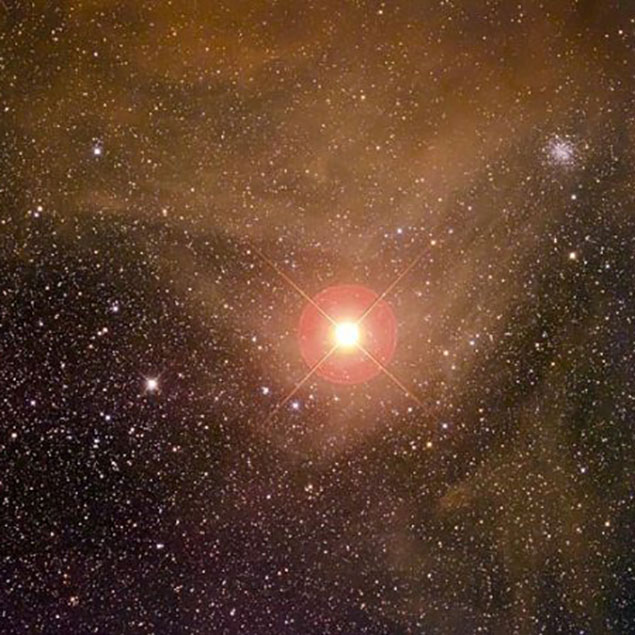
Image credit: Fred Espenak
Occultation of Antares
If you live in the south or eastern half of the US, you may be in for a treat on the evening of the 24th. That’s when the first quarter Moon will occult, or cover, Antares, the brightest star in Scorpius. The exact start, finish, and duration will vary by location, but globally the occultation begins at 21:20 ET and ends at 23:39 ET.
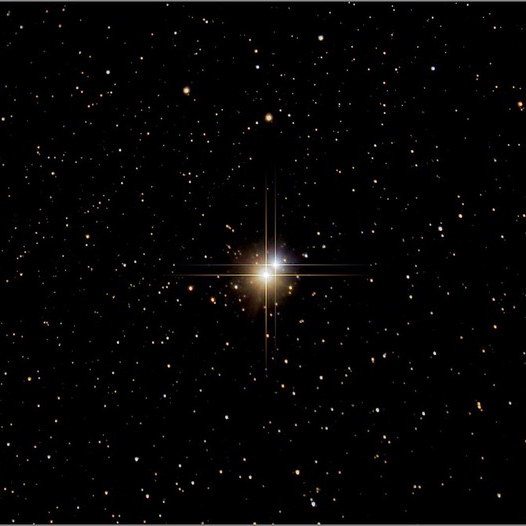
Image credit: Tom Wildoner
Beta Cygni - Albireo
A showcase double and a favorite of many, Albireo can be split into a pair of stars - one gold, one sapphire - with almost any telescope with a magnification as low as 30x.
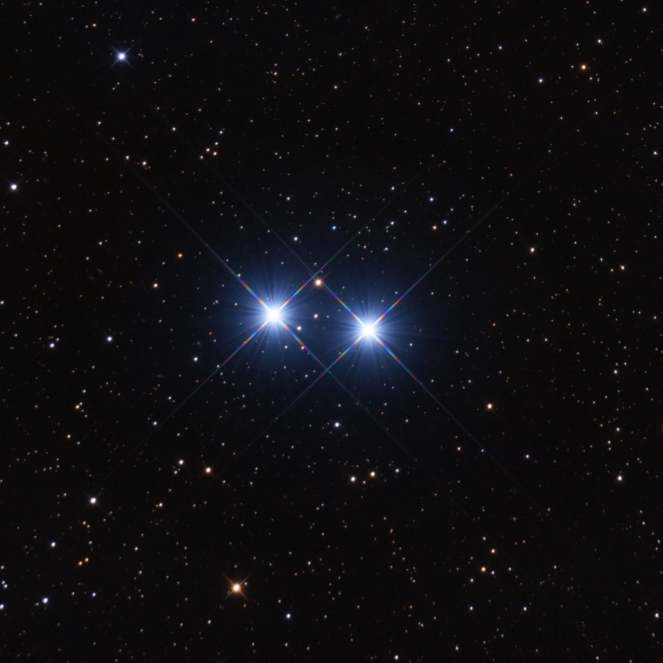
Image credit: Viewfrom.earth
Epsilon Lyrae - The Double Double
Easily found close to Vega, almost any binocular will show a close pair of two white stars of almost equal brightness. Telescopes and a magnification of 100x will split each star again, with both pairs consisting of white stars of similar brightness and roughly the same distance apart.
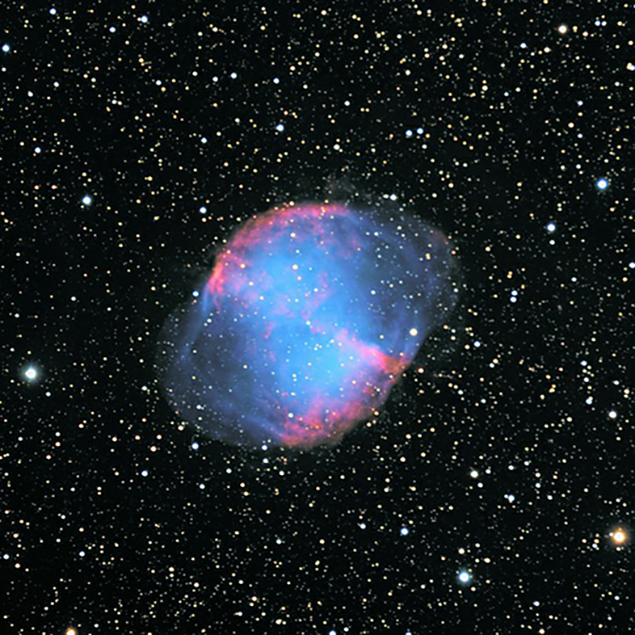
Image credit: Jim Mazur
M27 - The Dumbbell Nebula
M27, the Dumbbell Nebula, appears as a very faint, circular misty patch with binoculars under relatively dark skies, while a small telescope should clearly show it at 35x. Large, bright, and with two distinct lobes, using a filter will increase the contrast and bring out some texture and detail.
STELLAR CONCEPTS
Opposition: A planet, asteroid, or dwarf planet is said to be at opposition when it’s directly opposite the Sun in the sky. As a result, like the full Moon, it rises at sunset, sets at sunrise, and is therefore visible throughout the night. It’s also when the object is brightest and appears largest when observed telescopically.







